
Professional Rats Control Services
Professional Solutions for Rodent Infestations
When rodents invade your home, they bring more than just unwanted company. These persistent pests can damage your property, contaminate food, and pose serious health risks to your family.
Our professional rodent control services provide effective solutions to eliminate rats and mice from your home and prevent future infestations.
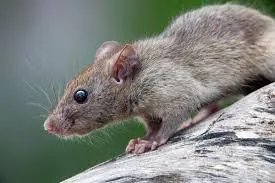
Understanding Rodents
What Are Rodents?

Rodents are warm-blooded mammals characterized by their continuously growing incisor teeth that require constant gnawing to keep them at a manageable length. The most common household rodent pests are rats and mice. These adaptable creatures have thrived alongside human populations for centuries, taking advantage of the shelter, food, and water that our homes and buildings provide, particularly during harsh weather conditions.
Rodent Characteristics
Appearance: Furry bodies with long tails, pointed snouts, and large incisors
Size: Range from small (mice at 3-4 inches) to larger (rats at 7-10 inches) not including tail
Colony Structure: Social animals that live in groups with hierarchical structures
Lifespan: Complete development from birth to sexual maturity within weeks
Diet: Omnivorous, consuming almost anything including grains, fruits, meats, and household items
Common Household Rodent Species
Several factors can make your home attractive to rodents:
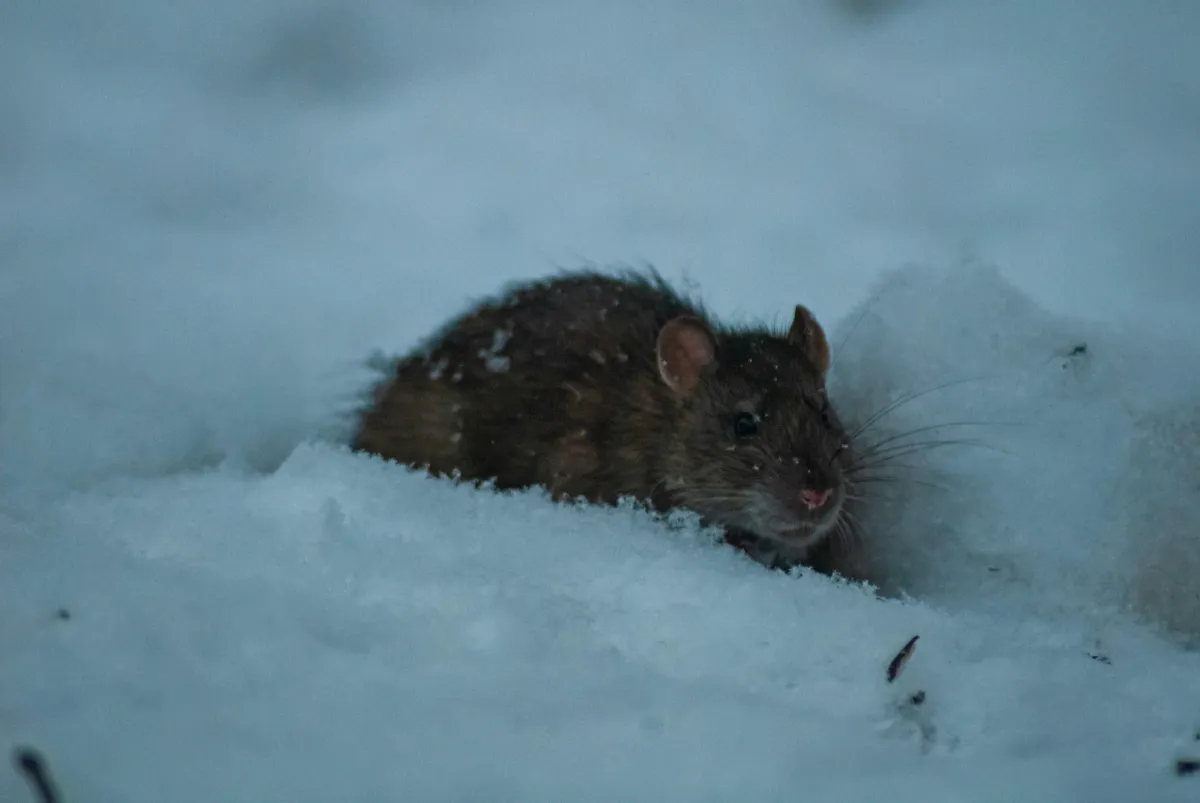
Norway Rat
Size: 7-10 inches long with a 6-8 inch tail
Color: Brown or gray with a lighter underside
Behavior: Burrows in the ground, often nests in basements and lower levels
Concern: Can cause substantial structural damage and spread numerous diseases

Roof Rat
Size: 6-8 inches long with a tail longer than body length
Color: Black or dark brown with a lighter underside
Behavior: Excellent climbers that prefer elevated areas like attics and upper floors
Concern: Can chew through wiring causing fire hazards and contaminate food sources
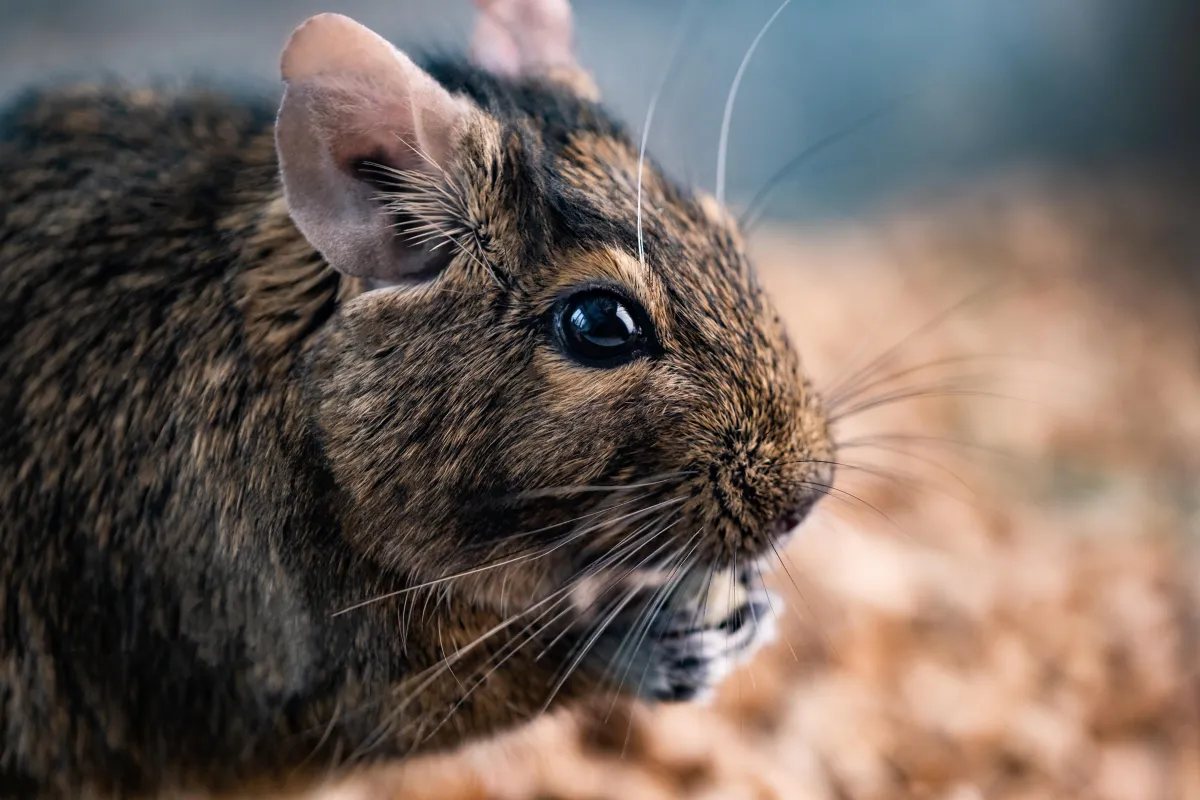
House Mouse
Size: 3-4 inches long with a 3-4 inch tail
Color: Light brown to gray with a lighter underside
Behavior: Nests close to food sources, often inside walls and hidden areas
Concern: Reproduces rapidly with females producing up to 10 litters per year
Signs of a Rodent Infestation
You may have a rodent problem if you notice:

Droppings:
Small, dark pellets along walls, in drawers, or under sinks
Gnaw Marks:
Visible damage on wood, food packaging, or wires
Rub Marks:
Dark, greasy marks along walls and baseboards where rodents frequently travel
Unusual Noises:
Scratching, scurrying, or squeaking sounds in walls or ceilings, especially at night
Nests:
Collections of shredded paper, fabric, or insulation in hidden areas
Hidden Indications
Urine Odor:
A distinctive, musty smell, particularly in enclosed spaces
Urine Pillars:
Accumulations of dirt and urine forming small stalagmites in hidden areas
Pet Behavior:
Unusual excitement or interest in specific areas of your home
Fresh vs. Old Evidence:
Fresh droppings appear shiny and putty-like; old droppings are hard and crumbly
The Risks of Rodent Infestations
Rodents can cause several problems in your home:

Disease Transmission:
Rodents can carry and spread numerous diseases including Hantavirus and Salmonellosis
Property Damage:
Constant gnawing can damage wood, wiring, insulation, and even lead pipes
Fire Hazards:
Chewed electrical wiring creates significant fire risks
Food Contamination:
Rodents contaminate far more food than they actually consume
Secondary Pests:
Rodents often bring other pests into your home, including fleas, ticks, and mites
Our Comprehensive Rodent Control Approach
We take a multi-faceted approach to rodent control:
Thorough Inspection
Our technicians will conduct a detailed inspection to: Identify the specific rodent species present
Locate active areas and entry points
Determine the extent of the infestation
Identify contributing factors that may be enabling the infestation
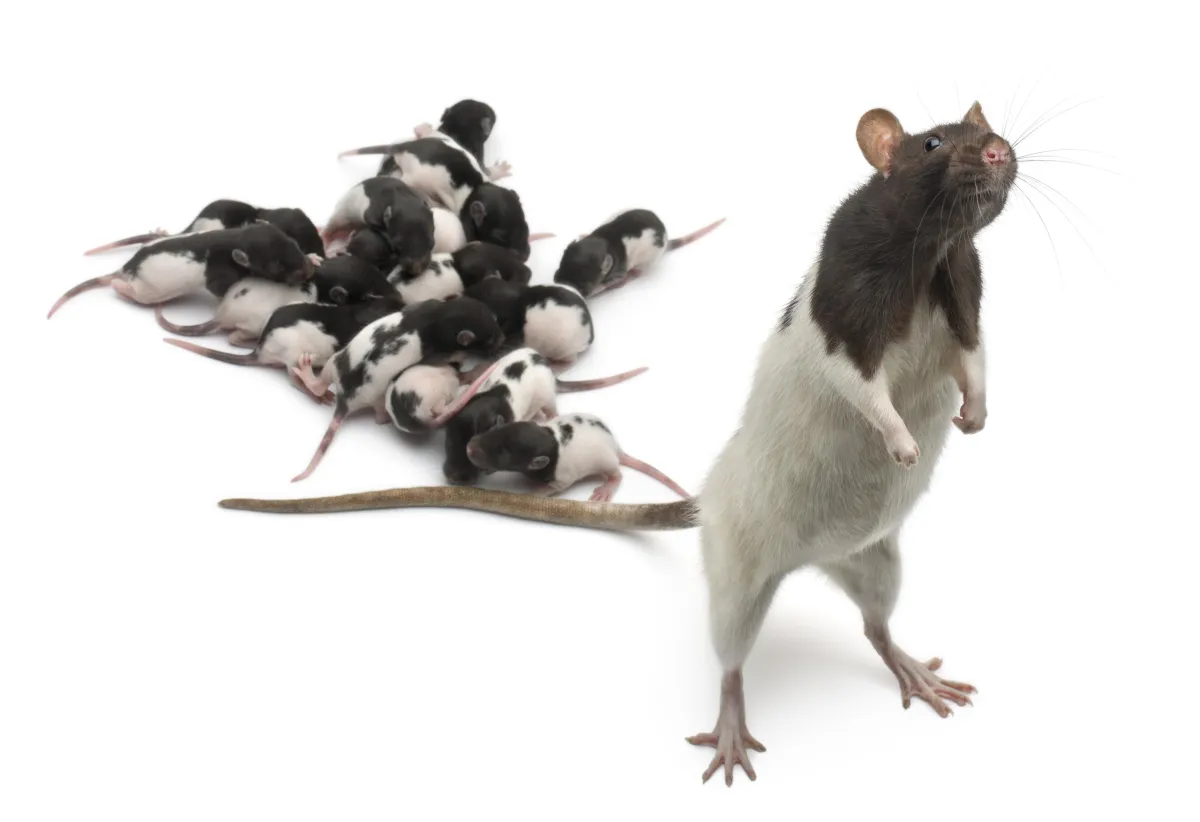
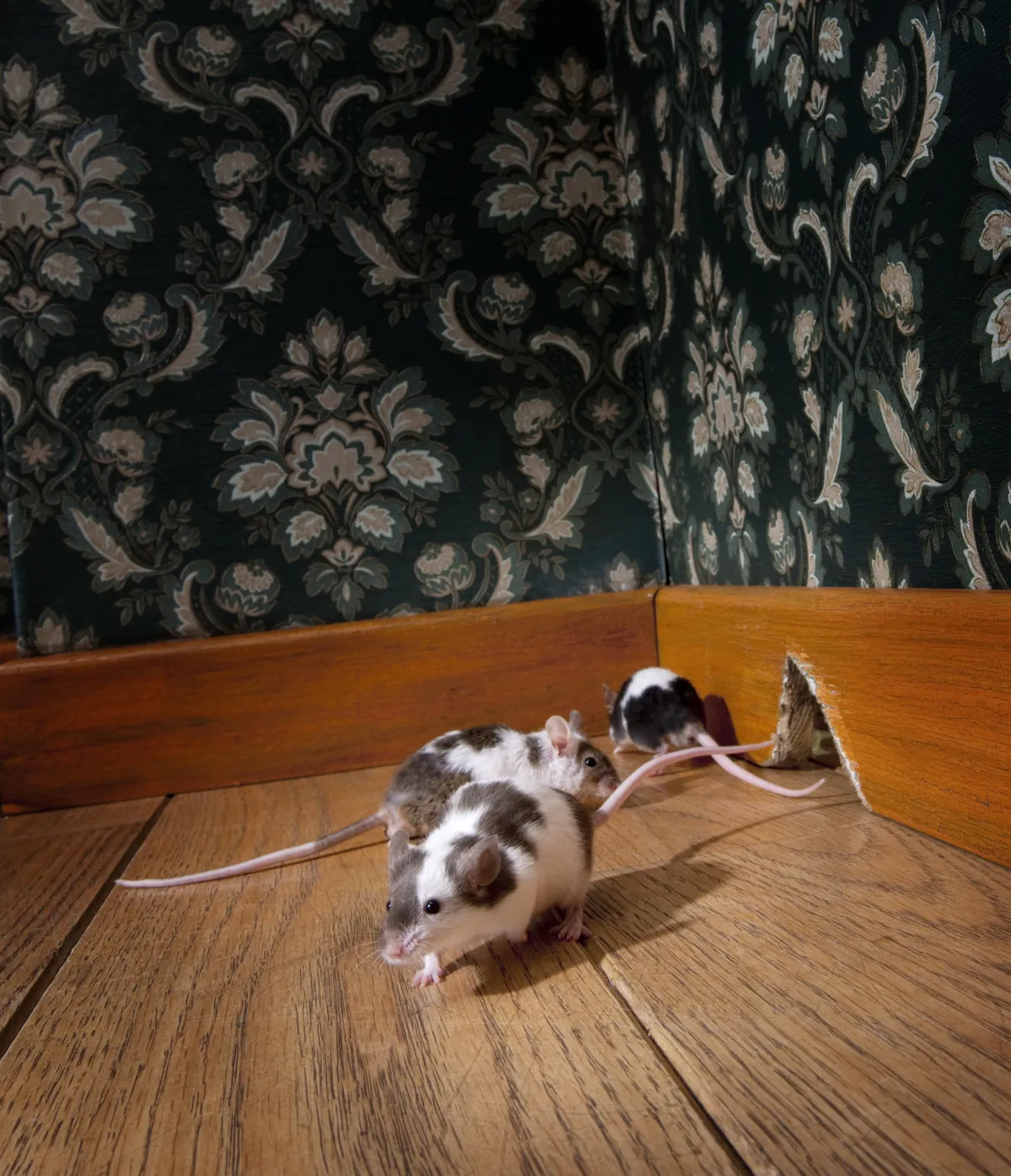
Customized Treatment Plan
Based on our findings, we'll develop a tailored rodent control strategy that may include:
Exclusion
Sealing holes, gaps, and crevices in the structure
Installing door sweeps and screens on vents
Addressing gaps around pipes and utility lines
Trapping & Removal
Strategic placement of traps in high-activity areas
Regular monitoring and removal of captured rodents
Use of specialized equipment for hard-to-reach areas
Baiting
When appropriate, tamper-resistant bait stations in strategic locations
Placement in areas inaccessible to children and pets
Regular checking and maintenance of bait stations
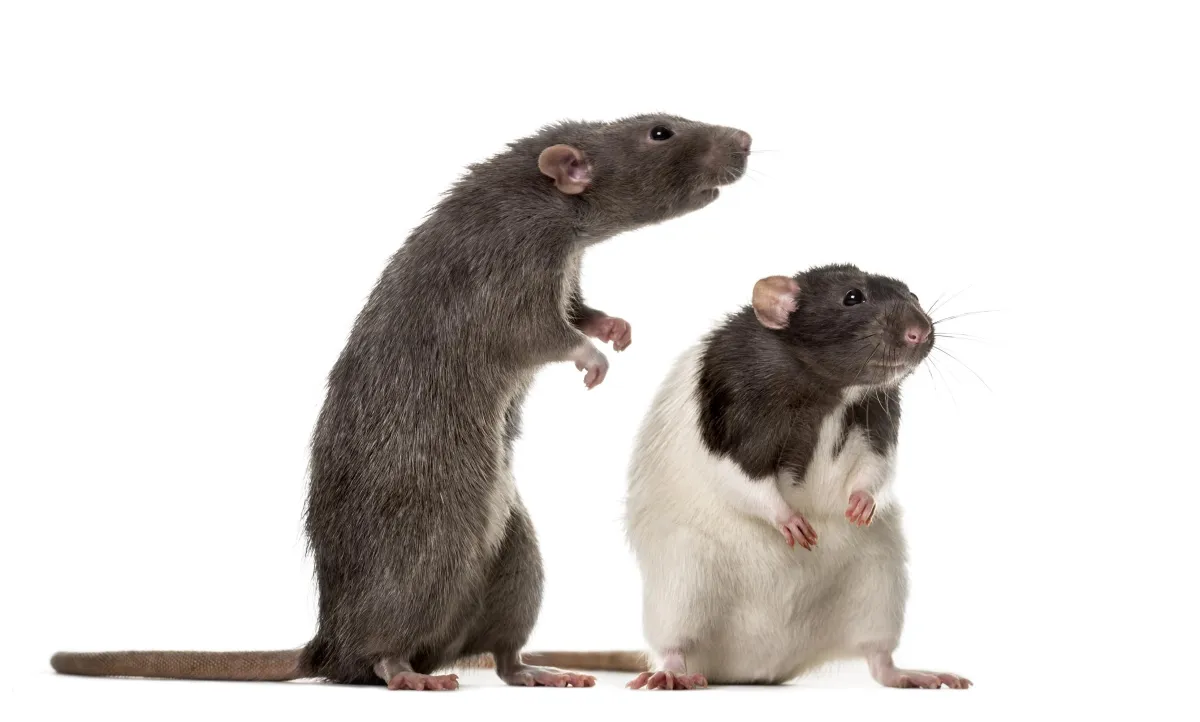
Prevention Strategies
We'll help prevent future rodent problems by:
Identifying and sealing potential entry points
Recommending proper food storage and waste management practices
Suggesting landscape modifications to reduce outdoor harborage
Advising on regular inspection and maintenance routines
Follow-Up Protection
Our commitment to rodent control includes:
Scheduled follow-up visits to ensure complete elimination
Long-term monitoring with bait stations if necessary
Additional treatments as needed
Continuous protection against future infestations
Rodent Prevention Tips
To help keep rodents away from your home:
Exterior Prevention
Seal entry points: Close all holes larger than ¼ inch with appropriate materials
Trim vegetation: Keep shrubs and tree branches away from your home
Manage waste: Store garbage in sealed containers and keep compost bins away from the house
Remove food sources: Clean up fallen fruits and nuts, and keep bird feeders away from the house
Interior Prevention
Store food properly: Keep food in airtight containers and pet food in sealed containers
Clean regularly: Vacuum and clean up crumbs and spills promptly
Reduce clutter: Minimize hiding places by keeping storage areas organized
Address moisture issues: Fix leaky pipes and ensure proper drainage around your home
General Prevention
Monitor regularly: Check vulnerable areas frequently for early signs
Control humidity: Maintain proper ventilation in storage areas
Freezing treatment: Place susceptible items in freezer for 3-4 days
Natural repellents: Consider lavender, rosemary, or other natural deterrents
The Risks of Rodent Infestations
Rodents can cause several problems in your home:
Property Damage
Disease Transmission: Rodents can carry hantavirus, leptospirosis, salmonellosis, and rat-bite fever
Allergic Reactions: Their dander, urine, and droppings can trigger asthma and allergies
Parasites: Rodents often carry fleas, ticks, and mites that can infest pets and humans
Property Damage
Structural Issues: Their constant gnawing can damage walls, floors, and support beams
Fire Hazards: Chewing on electrical wires can create fire risks
Insulation Damage: Nesting in insulation reduces energy efficiency and increases utility costs
Our Rodent Control Guarantee
We stand behind our services with our satisfaction guarantee. If rodents return between scheduled treatments, so will we—at no additional cost to you.
Frequently Asked Questions
Get answers to common questions about rodents
Are rats dangerous?
Yes, rats pose significant dangers to human health and property. They can transmit various diseases through their urine, droppings, saliva, and bites. Diseases spread by rats include Hantavirus, Leptospirosis, Rat-Bite Fever, and Salmonellosis. Additionally, rats can cause substantial property damage by gnawing on electrical wiring (creating fire hazards), damaging insulation, and destroying stored items.
What's the difference between rats and mice?
While both are rodents, rats and mice differ in several ways: size (rats are significantly larger at 7-10 inches than mice at 3-4 inches); appearance (rats have blunter snouts, smaller ears relative to head size, and thicker tails); behavior (rats are generally warier of new objects, while mice are more curious); diet (rats require water daily, while mice can get moisture from their food); and droppings (rat droppings are larger at ¾ inch compared to mouse droppings at ¼ inch). Different control strategies may be needed for effective management of each species.
What attracts rats to your yard?
Rats are attracted to yards that provide food, water, and shelter. Food sources include pet food, bird seed, compost, garbage, fruit trees, and vegetable gardens. Water sources include leaky faucets, pet water dishes, bird baths, and poor drainage areas. Shelter opportunities include woodpiles, dense vegetation, tall grass, and cluttered storage areas. Rats may also be drawn to your yard if there's easy access to your home through gaps, cracks, or holes in the foundation or exterior walls.
How do exterminators get rid of rodents?
Professional exterminators use an integrated approach to rodent control: conducting thorough inspections to identify the species, entry points, and extent of infestation; setting appropriate traps and/or bait stations in strategic locations; implementing exclusion techniques to seal entry points with rodent-proof materials; removing existing rodents through trapping or baiting methods; sanitizing affected areas to remove attractants; providing ongoing monitoring and maintenance to prevent reinfestation; and offering recommendations for habitat modification to make properties less attractive to rodents.
What do you do if you caught a live rat/mouse?
If you've caught a live rodent, wear gloves to protect yourself from bites and disease and avoid direct contact with the animal. If using a live trap, cover it with a towel to reduce stress on the animal. You can release it at least 1 mile away from your home in a suitable habitat (check local regulations first) or contact our professional pest control service to handle live captures safely and legally. Thoroughly clean and disinfect the trap before reusing, and wash your hands thoroughly afterward.
Ready for
Rodent-Free Living?
Don't let rodents threaten your family's health and damage your property. Our professional rodent control services provide effective, lasting solutions to eliminate these dangerous pests.
We guarantee your satisfaction—if rodents return between scheduled treatments, so will we at no additional cost.



COMPANY
LEGAL
Contact
© Copyright 2025. Desert Shield Pest Control. All Rights Reserved.
